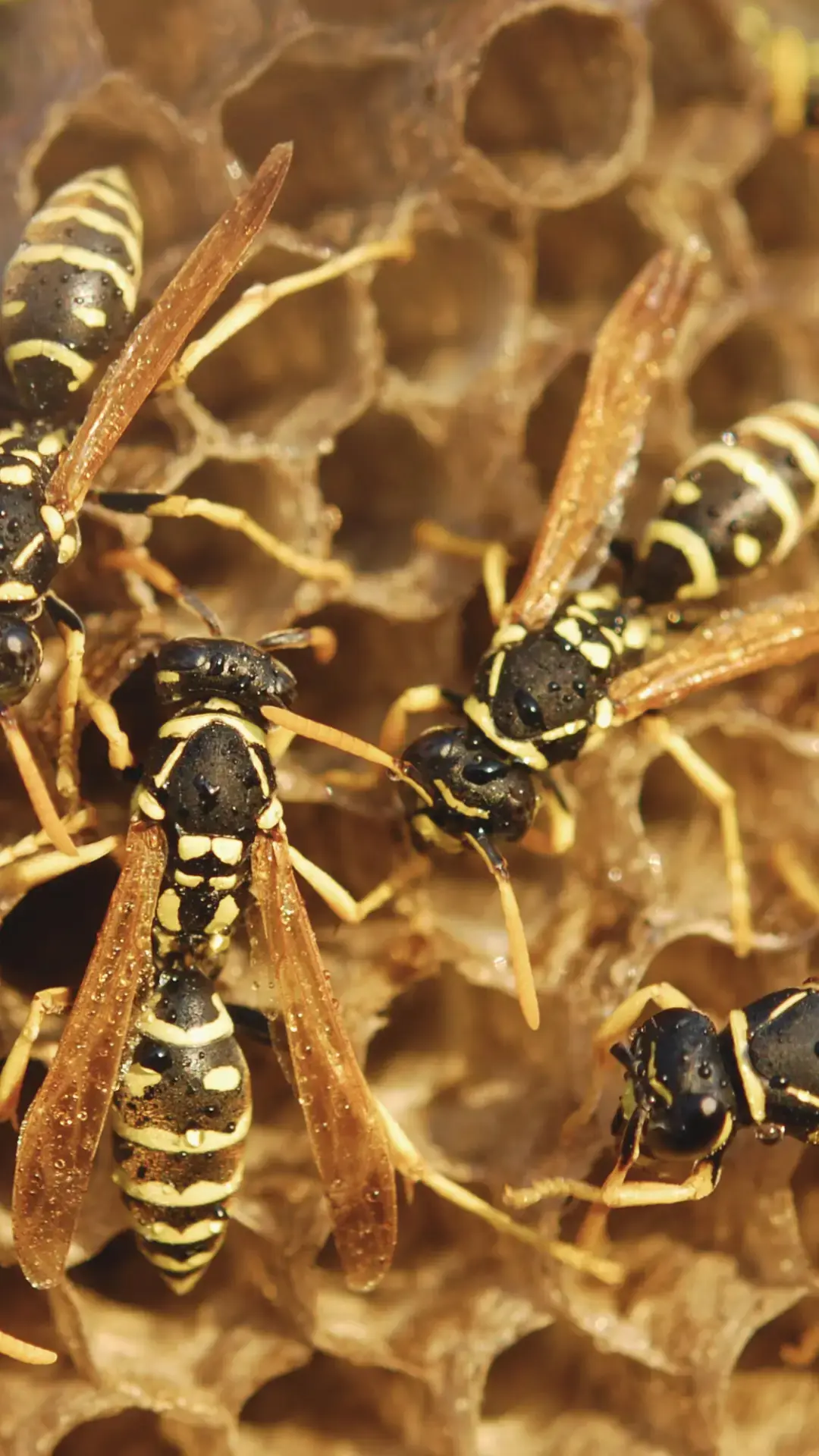Your Local Wasp Exterminators
Serving Long Island | Queens | Nassau County | Suffolk County
Wasps are a common—and unwelcome—problem for many Long Island residents, especially during the warmer months. Known for their painful stings and aggressive behavior, wasps can quickly turn a relaxing day in your backyard into a stressful experience. Whether they’re building nests near your home, garden, or outdoor living spaces, these pests can pose risks to your family, pets, and guests. At EM Pest Control, we specialize in safe, effective wasp control across Nassau and Suffolk County, giving Long Island residents peace of mind while protecting their properties and helping them enjoy their outdoor spaces without fear.

